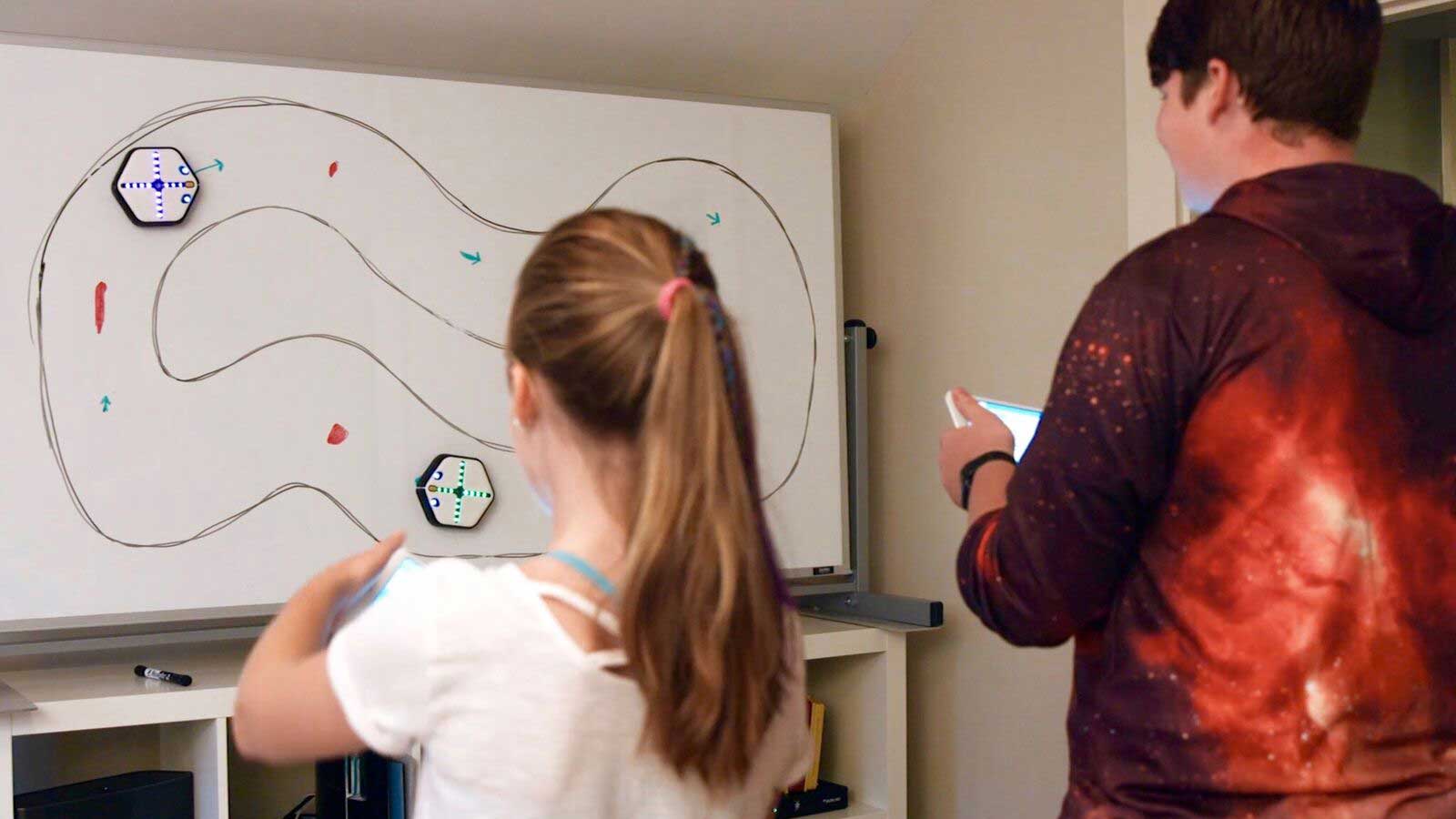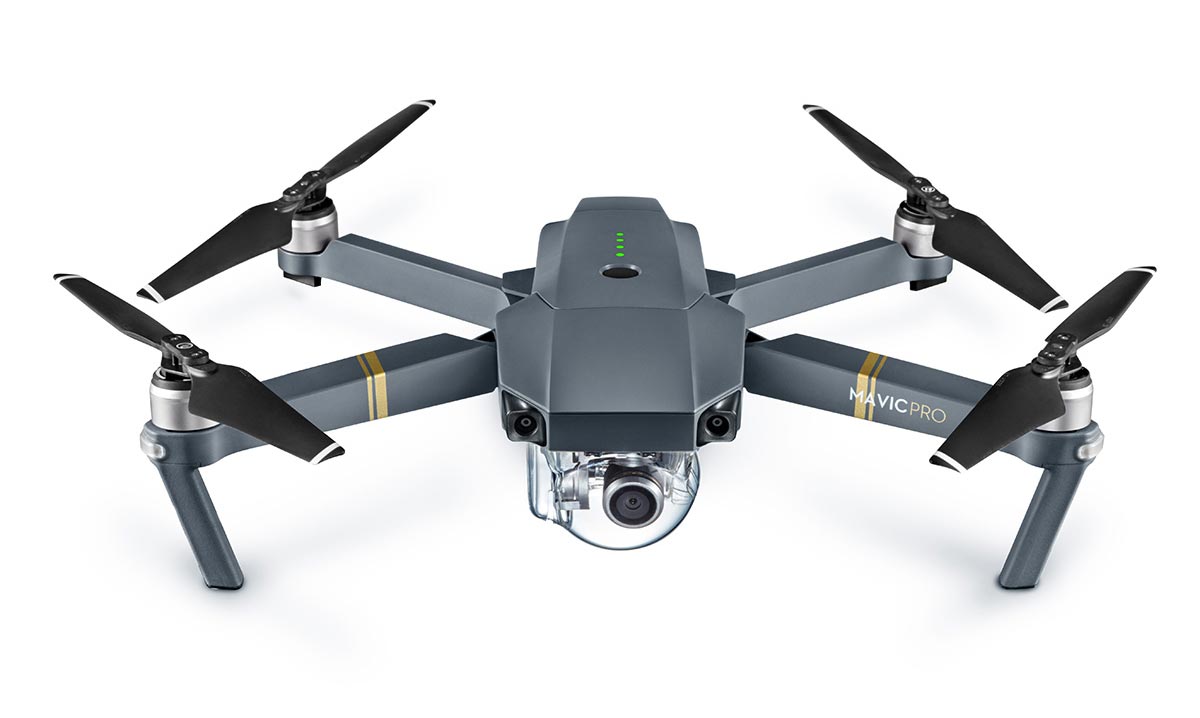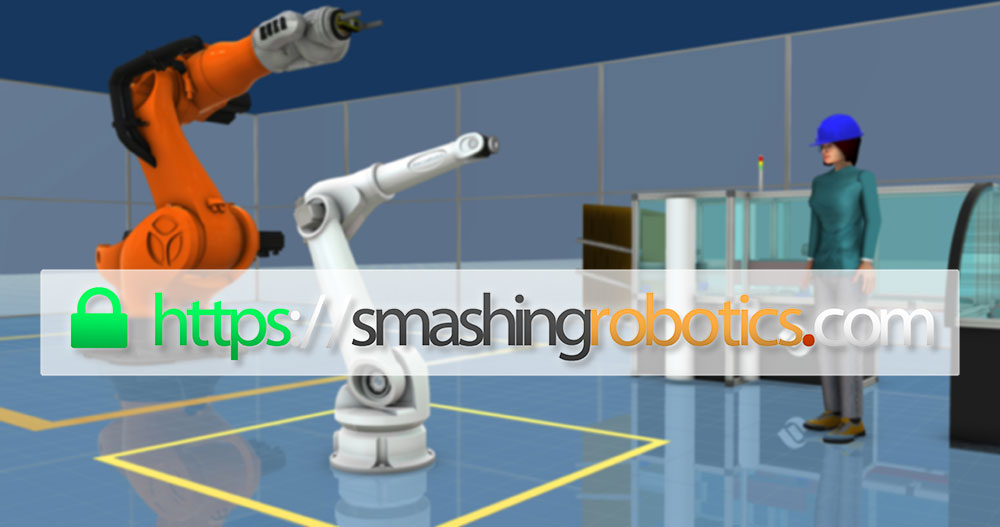People no longer want simple things, complicated things are more interesting. A simple robot does one or more tasks and nothing else, a bit boring for users and researchers in the field who were inspired by science fiction films when creating modular robots and robots that turn into other robots. At first glance it’s hard to figure out what we can do with some and what can we do with others. In this article we’ll analyze the two types of robots in order to align the two concepts with cases that can be used and which are the differences between concepts.
A self-reconfigurable modular robot is a concept created in robotics allowing to a number of robotic modules to connect with each other to create a robotic structure which at one time is used for a particular task. This type of robots has their advantages in comparison to other robots with a structure that cannot be changed. Regardless of their size and number, each modular robot has its own memory and can take individual decisions to create an optimal structure that works in the toughest conditions. Also after arranging the modules, communication between them has been established and the desired structure to achieve a particular task is formed, various tools can also be added to the newly created structure.
If above I analyzed some positive points of modular robots compared with standard robots, robots that change shape using the same structure are called transformer robots. These, unlike modular robots, have one brain that controls everything related to that robot. All parts of a transformer robot are controlled by a central unit which takes decisions and who knows in real time the status of each component. Number of brains from both concepts and the link between components is the biggest difference between modular robots and transformer robots.
What is a modular robot?
A modular robot is a piece of a puzzle that at some point is arranged in a structure to build a robot in order to do a certain task. These robotic modules are characterized by the smallest size which a unit can have and is designed to work independently. Modules are connected to each other by various methods which may include magnets, grippers or other mechanisms. The communication between modules is vital and can be done using radio waves, infrared or surface electrical signals.

This part of a complex robot has its own brain which communicates and works according to other brains in the system. A single module is usually characterized by a cubic form and can’t do much alone. These components are specifically designed to work in a structure. This concept can be used to form a wide range of robots, including robots that move like a snake for rescue or military missions, machines moving with legs created from modular robots and generally structures that can adapt and withstand in the imposed conditions.
Most of the time a standardization of building blocks is not the best solution. The ideal solution is the existence of some types of modules which are designed to perform a specific task within the structure. Depending on integrated equipment a certain module can act like an eye or ear for instance. The impact of modular robots concerning the future will be significant. Their development can revolutionize systems such as medicine, but implies a sharp decrease of the modules size.
What is a transformer robot?
A transformer robot is a robot that uses the same structure to take various forms. Such a robot has only one central unit which controls all components. Generally a transformer robot can take two different forms. Ideally this robotic concept should be able to transform into a variety of forms, but at least for now it’s impossible.

Optimus Prime from the science fiction movie Transformers is perhaps the most telling example of a transformer robot. It transforms from a moving car on wheels in a giant humanoid robot which is moving on legs. This example is difficult to be created with existing technologies now, but certainly less sophisticated versions could be built. If in the modular robotic fields are real examples and functioning as such, among transformer robots things are a little different.
Speaking in broad terms, this robotic concept is more difficult to be realized and involves the use of several technologies for the same thing. For example, a machine that uses wheels for movement and transforms into a humanoid robot, the way of movement is different and involves the use of other technologies to produce torque required for movement. This is one of the disadvantages of transformer robots in relation to modular robots. The weight that increases with the addition of components can be a massive impediment in the development of these intelligent machines, a weight that requires high energy consumption to be supported. This is another disadvantage of transformer robots compared to modular robots. The development of this robotic concept can bring benefits in using the same robot to various tasks in different areas depending on the structure required.
Differences between modular and transformer robots
There are clear differences between the two concepts of robots which are solutions for some of the problems occurred due to the rigid structure of classical robots. Most robots are based on a structure that in the best case can be improved with various tools. Depending on the area of use, a stable structure of the robot can represent a limitation which reduces the chances of a robot to lead to finish a certain task. Following these limitations new concepts were developed which are designed to replace the classic robots where they can’t be used.
- Self repair – Unlike transformer robots, modular robots are able to self repair in case of damage to the modules that form a structure at some point.
- Unlimited structures – Modular robots can take an infinite number of different shapes compared to transformer robots which generally cannot take more than two different forms.
- Less resources – Using the same number of modules to build different robotic forms reduce resources used.
Similarities between modular and transformer robots
If there are differences, as we have outlined above, there are certainly similarities between the two concepts.
- Best robot – Both robotic types are designed to create the best structure for a given task.
- New structures – Both robots create new and different structures.
- Different tasks – These types of robots can be used for various tasks in various fields compared to classical robots that are usually used in a limited number of tasks.
Modular robot example
An example that caught my attention is a project led by Professor Daniela Rus from MIT and called Smart Sand. Each module has 12 mm on a side, a dimension that will be reduced for next versions. The technology has an enormous potential and a demonstration done by researchers shows how modules can be grouped so as to create very simple objects.
Working in groups is the key of technology. Each module has its own memory and a limited processing system. These limits force each module to share information to solve the problem. The control of modules is done by an algorithm which handles the messages between modules. Operating modes include detection of the shape edge desired to be followed by sending messages to groups of modules to create the pattern of the object.
Transformer robot example
Maybe this can be the first autonomous Transformer, even if it’s just a toy. The inventor Kenji Ishida from Japan created a robot which can be a car or a humanoid robot using the same structure. Reached the mature version 8, the robot uses 22 motors for movements. This robot transformer toy may be available on the market in the next period and we can admire this kind of robots.
Conclusion
Modular robots and transformer robots are definitely two winning concepts in robotic field that have taken shape and substance especially with researches done in recent years. Such robots are the past, present, and future in terms of robotic versatility. Once demands will increase for intelligent machines used for different tasks, there will also be an increase in the requirements of developing new technologies applicable to these robotic concepts.
Resources- Real Transformer, How Stuff Works;
- All About Self-Reconfiguring Modular Robots – Advantages and Disadvantages, Smashing Robotics;
- Smart Pebble Robots Will Let You Duplicate Objects on the Fly, IEEE Spectrum;
- Transformers Are Now Real Courtesy Of Japan, Web Pro News.







